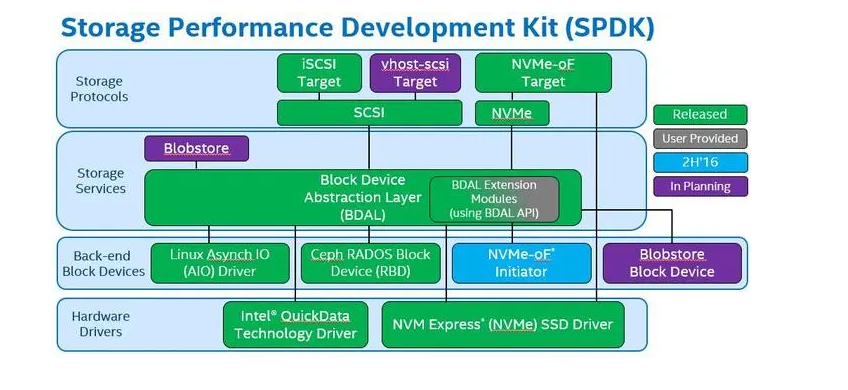rte_eth_rx_queue_setup函数是DPDK中用于初始化以太网设备的接收队列的函数。该函数的主要功能是为一个指定的以太网设备配置一个或多个接收队列,并设置每个接收队列的参数,如缓冲区大小、缓冲区数量、回调函数等。
函数原型:
int rte_eth_rx_queue_setup(uint16_t port_id, uint16_t rx_queue_id,
uint16_t nb_rx_desc, unsigned int socket_id,
const struct rte_eth_rxconf *rx_conf,
struct rte_mempool *mb_pool)
参数说明:
- port_id:指定以太网设备的端口号;
- rx_queue_id:指定待配置的接收队列的编号;
- nb_rx_desc:指定接收队列的缓冲区数量;
- socket_id:指定内存分配所使用的NUMA节点;
- rx_conf:指定接收队列的配置信息,包括回调函数和其他参数;
- mb_pool:指定接收队列的缓冲池,即接收到的数据包将会放入此处。
函数返回值:
- 成功:0;
- 失败:负数,表示错误码。
例子:
下面是一个简单的例子,展示了如何使用rte_eth_rx_queue_setup函数来配置一个接收队列:
#include <rte_ethdev.h>
#define PORT_ID 0
#define NB_RX_DESC 128
#define SOCKET_ID 0
int main(int argc, char **argv)
{
// 初始化 DPDK 库
rte_eal_init(argc, argv);
// 配置接收队列
struct rte_mempool *mb_pool = NULL;
struct rte_eth_rxconf rx_conf;
uint16_t nb_ports, port_id, nb_rx_queues;
int ret;
nb_ports = rte_eth_dev_count_avail();
if (nb_ports == 0) {
rte_exit(EXIT_FAILURE, "No Ethernet ports found.\n");
}
port_id = PORT_ID;
nb_rx_queues = 1; // 只配置一个接收队列
mb_pool = rte_pktmbuf_pool_create("mb_pool", NB_RX_DESC * nb_rx_queues,
RTE_MEMPOOL_CACHE_MAX_SIZE, 0,
RTE_MBUF_DEFAULT_BUF_SIZE,
rte_socket_id());
if (mb_pool == NULL) {
rte_exit(EXIT_FAILURE, "Cannot create mbuf pool.\n");
}
memset(&rx_conf, 0, sizeof(rx_conf));
rx_conf.rxq_flags |= ETH_RXQ_FLAG_RSS; // 启用 RSS 功能
rx_conf.rx_drop_en = 1; // 开启丢包功能
ret = rte_eth_rx_queue_setup(port_id, 0, NB_RX_DESC, SOCKET_ID, &rx_conf, mb_pool);
if (ret < 0) {
rte_exit(EXIT_FAILURE, "Cannot setup RX queue for port %u.\n", port_id);
}
return 0;
}
在上面的例子中,首先调用rte_eal_init函数初始化DPDK库。然后,根据需要配置接收队列的数量,这里只配置了一个接收队列。接着,使用rte_pktmbuf_pool_create函数创建缓冲池,其中缓冲区数量为NB_RX_DESC,即128个。然后,将rx_conf结构体清零、启用RSS功能和开启丢包功能,并将接收队列的参数传递给rte_eth_rx_queue_setup函数。
在实际应用中,通常会配置多个接收队列,以提高网络性能。此外,还可以根据需要配置其他参数,例如RSS哈希函数、MTU值等。





















